How to bring down the cost of your farm shed
Investing in a quality agricultural shed is crucial for farmers, whether it’s providing storage or a workspace. Rising costs prompt the need for...

With a solution-focused approach, we collaborate closely with clients and consultant teams to align on scope, time frames, design objectives, and cost. We’re committed to delivering a strong return on your investment. Are you interested in our work in the commercial and industrial sectors?

Our client, a vet and sheep farmer, needed a shearing shed and yard cover designed for efficiency and innovation. Partnering with our team, he collaborated with fit-out providers to create two custom steel structures tailored to his farm’s needs. His farm is now equipped for better working conditions and long-term success.

Providing Industry-Leading Steel Building Solutions
Central Steel Build, committed to innovation, quality, and customer satisfaction, has solidified its reputation as an industry leader. We're revolutionising agricultural structures, and transforming how farmers and producers approach building solutions. If you’re interested in our work in the agricultural sector, read the article to discover how we’re transforming building solutions.

Oritech combined office and warehouse
Oritech Pty Ltd partnered with us to build a modern office and warehouse facility in Mitchell Park, Victoria. The design featured innovative L-shaped tilt panels for both function and style. Using our Pro. building approach, we delivered a durable, cost-effective, high-quality solution. Seamless collaboration ensured the project was completed on time and within budget.
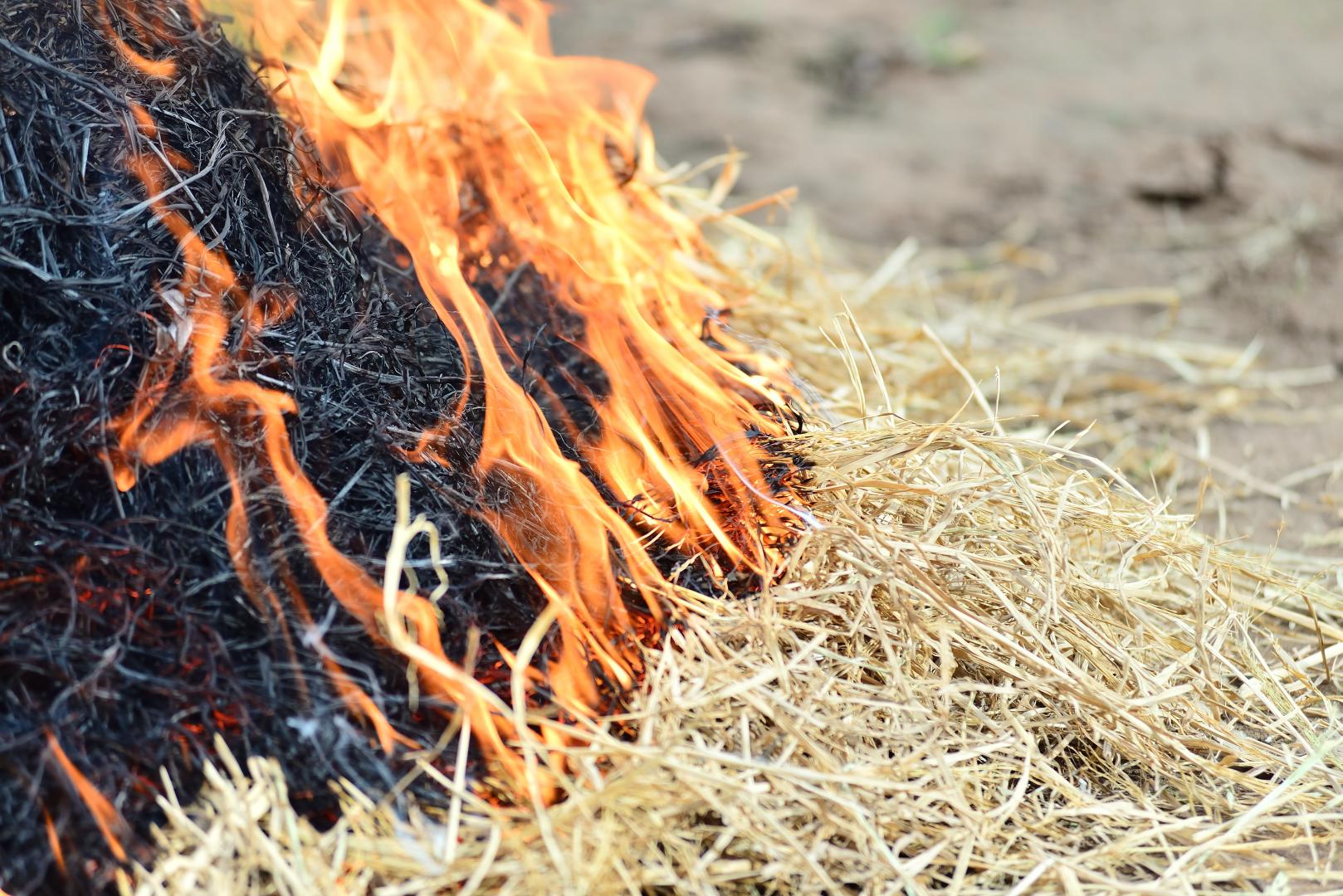
The dry conditions currently in some parts of Australia are similar to those seen last year and have led as a warning to all farmers when cutting, baling, and storing hay. Victorian Country Fire Authority Chief Officer Steve Warrington has stated that firefighters responded to a record number of haystack fires in the last fire season.
This is a message to farmers to exercise extreme caution in hot weather this summer when working with hay to prevent potential fires. Mr. Warrington emphasised that haystacks can pose a great danger and occupy crucial fire-fighting resources for days during a potentially extreme fire season and that people do not realise that a haystack fire can take up several days of CFA Fighter’s time letting it smolder and making sure it does not get out of control.
It is imperative for all farmers to know that haystack fires can easily start from lightning, equipment, and machinery, however, the most common source is from spontaneous combustion. Spontaneous combustion can occur from several causes including hay being not properly cured before baling, and not being stored to protect it from rain and dampness, which results in non-recommended moisture content in the bales. The bales are then stored in environments with high temperatures and little airflow which triggers a chemical reaction that leads to fire. This can happen to any bale no matter the size.
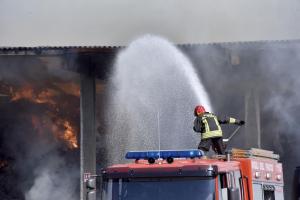
Warrington has pleaded with the agricultural community of Victoria to “please make sure to keep your haystacks out of the rain to avoid fluctuating moisture content”. Since 2008, the CFA has responded to more than 1,500 haystack fires, and as Warrington stated by storing your haystacks properly, you can avoid adding to those statistics and save yourselves from the costly impact of fire.”
Below are some important tips to adhere to this fire season when working with your hay.
Here is a temperature guide on how to gauge the danger of your hay catching on fire. Insert a crowbar or temperature gauge into the hay and leave it for two hours.
Credit: Dairy News Australia
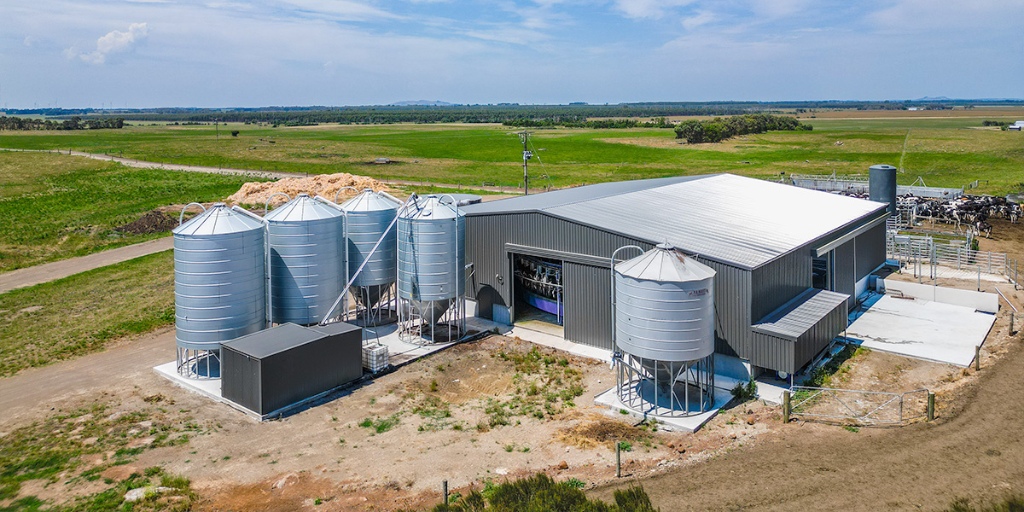
Investing in a quality agricultural shed is crucial for farmers, whether it’s providing storage or a workspace. Rising costs prompt the need for...
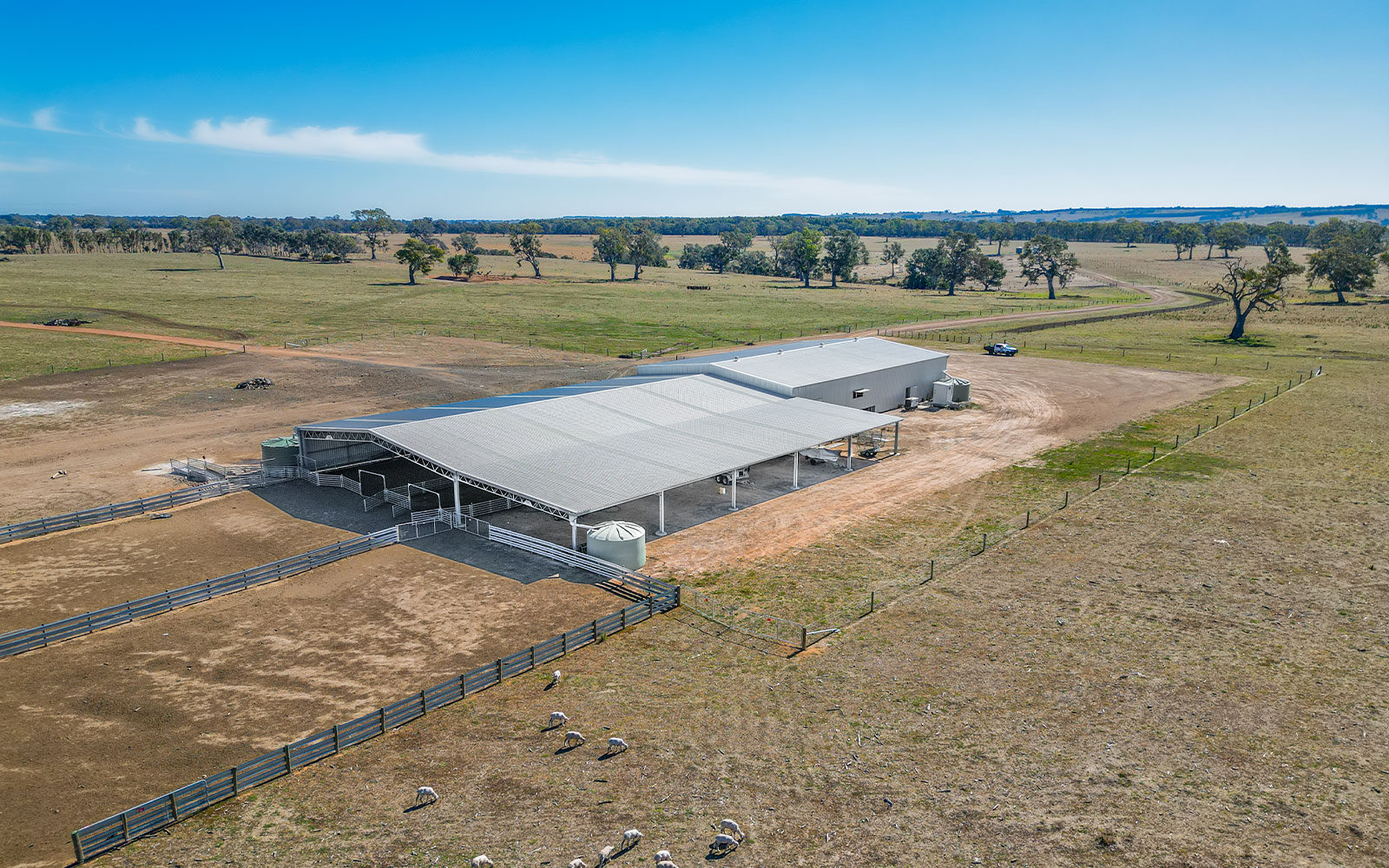
As published in the Wimmera Mallee News, July 2024. In the heart of the agricultural sector, Central Steel Build has been a pioneering force in...
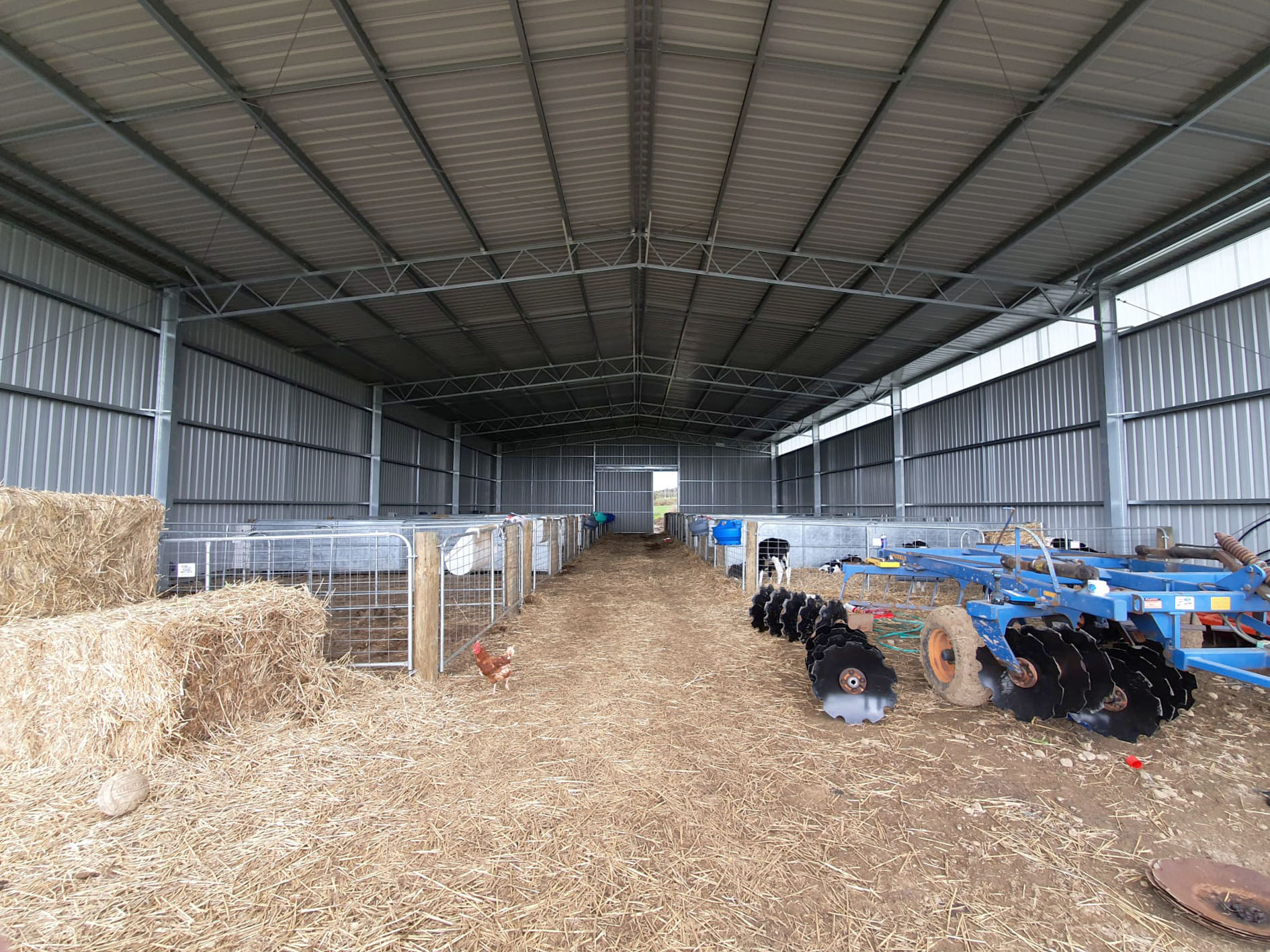
Farm building and shed construction projects require careful consideration of a range of factors before commencement. To ensure a smooth construction...